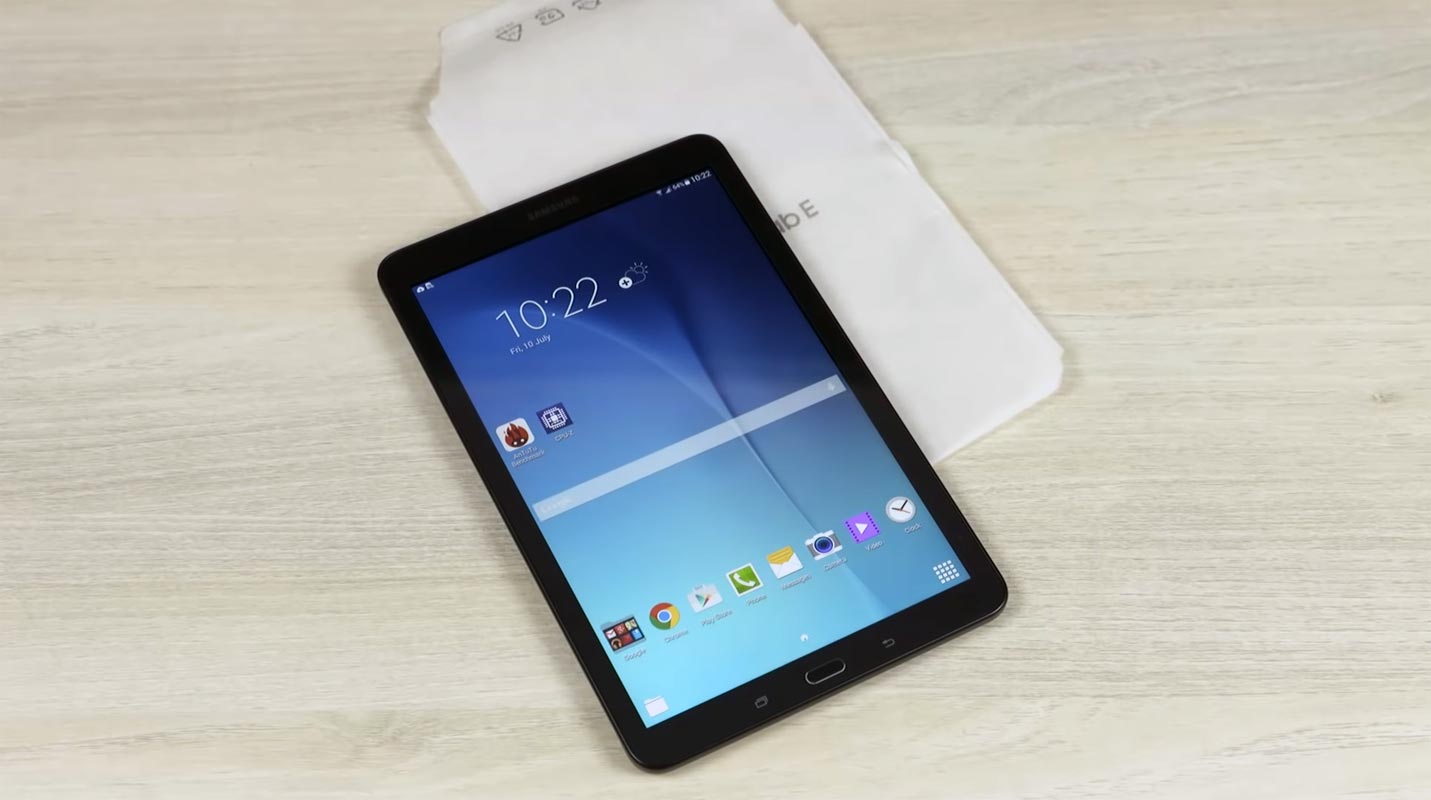
Overview of the Samsung Galaxy Tab E
The Samsung Galaxy Tab E, a mid-range Android tablet, is designed for everyday use. It features either a 9.6-inch or 8-inch display, depending on the model, and initially ran on Android 4.4 KitKat. Later, it received updates to Android 7.1.1 Nougat.
Models and Firmware
Several models of the Samsung Galaxy Tab E exist, each with its own firmware updates. Here are some key models and their corresponding firmware versions:
- SM-T560: Released with Android 4.4 KitKat, updated to Android 7.1.1 Nougat.
- SM-T561: Also released with Android 4.4 KitKat, updated to Android 7.1.1 Nougat.
For specific firmware details, refer to sources like SamMobile and Verizon.
How to Check for Firmware Updates
Regularly checking for updates ensures your Samsung Galaxy Tab E runs the latest firmware. Follow these steps:
- Go to Settings: Open the Settings app on your tablet.
- Software Update: Scroll down and tap on “Software Update” or “About Device.”
- Check for Updates: Tap on “Check for Updates” or a similar phrase.
- Download and Install: Follow on-screen instructions if an update is available.
Steps for Downloading and Installing Firmware Updates
When a new software update is found, follow these steps to download and install it:
- Connect to Wi-Fi: Ensure a Wi-Fi network connection or a strong Verizon wireless network connection.
- Charge Your Battery: Make sure the battery is fully charged.
- Download Now: Tap “Download now” if a new software update is found.
- Install Update: Tap “Install update” once the download is complete.
- Power Down and Power Back On: The device will power down and back on, completing the installation.
Troubleshooting Software Update Issues
If the software update fails to install, an error screen will appear. This means the software didn't install properly. The device will power back on with the original software and prompt you again to install the update.
If a strong connection to Wi-Fi or the Verizon Wireless network is unavailable, perform the update using a computer. Connect the device to a computer with Internet access using a USB cable, then download the Software Upgrade Assistant tool. This tool will check for software updates and initiate the update process.
Custom ROMs for Older Devices
For those wanting to update their Samsung Galaxy Tab E beyond what Samsung officially supports, custom ROMs are an option. Custom ROMs are unofficial firmware versions based on newer Android releases and can be installed on older devices.
However, installing custom ROMs requires technical knowledge and may void the warranty. Proceed with caution and ensure a backup of data before attempting any modifications.
Key Points to Consider When Exploring Custom ROMs
- Research Thoroughly: Find reliable sources providing instructions specific to your tablet model.
- Backup Data: Ensure a backup of data before attempting any modifications.
- Compatibility: Not all devices have custom ROMs available, and compatibility can vary.
If custom ROMs are not comfortable or available for your tablet, stick with the officially supported Android version provided by Samsung. Although the latest Android features may not be accessible, the tablet can still be used for various tasks and applications.
Final Thoughts
Updating the Samsung Galaxy Tab E to the latest firmware maintains device performance, resolves known issues, and applies the latest security patches. By following the outlined steps, the device can run with the most recent firmware available.
For those interested in custom ROMs, proceed with caution and conduct thorough research before making any modifications. For most users, sticking with officially supported updates provided by Samsung remains the safest and most reliable option.
Regularly checking for updates and following correct installation procedures keeps the device running smoothly and securely.
